Product Description
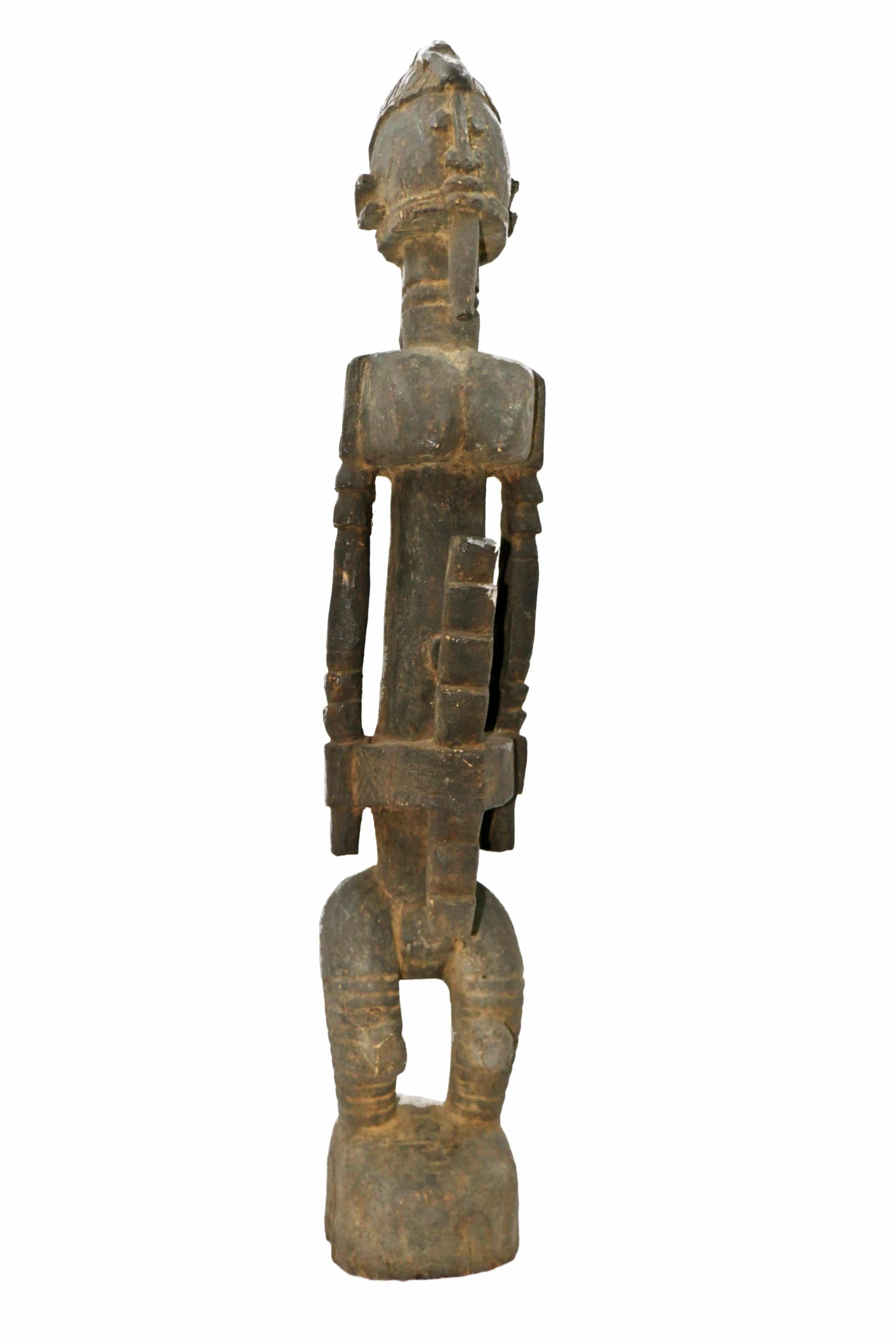

Tellem Seated Nommo Figure, Dogon – Mali
This seated ‘Nommo male figure’ is carved from hardwood in the strict, clear, angular and abstracted ‘bombou-toro-style’ and originally from the Dogon people of Mali. Dogon figures are predominantly associated with the ancestor cult. Carved for personal or family use, they commemorate the foundation of a community and are worshiped by the villagers.
Made of 100% wood.
Model is W 73 – H 31 and weight 9.8 kg.
Description
This seated ‘Nommo male figure’ is carved from hardwood in the strict, clear, angular and abstracted ‘bombou-toro-style’ and originally from the Dogon people of Mali. Dogon figures are predominantly associated with the ancestor cult. Carved for personal or family use, they commemorate the foundation of a community and are worshiped by the villagers.
According to the origin myths of the Dogon, God ‘Amma’ created four pairs, the ‘Nommo’. As a ‘culture-maker’ for people. In the sculptural art of Dogon, these ‘Nommo’ are often portrayed. As a pair of figures, a female and a male, or even a bisexual hermaphrodite, that is a man and woman in a single figure. These ‘Nommo figures’ are placed on altars and ritually sacrificed (with millet and others). As one can see also the clear traces of prolonged sacrifice on the Dogon figure presented here. It is a stylistically very beautiful example, with some small and delicate, age-related cracks.
Although figurative sculptures, called dege, are perhaps the most interesting types of Dogon art, varied in form and rich in
imagery, they are also among the least well documented. Few altars have been described in detail or illustrated; those that have been
described do not suggest any consistent pattern linking a particular style of a figure or a specific posture or gesture with any one kind of altar.
There is also little information with which to identify the persons represented by the figures.
The Dogon an ethnic group are mainly located in the administrative districts of Bandiagara and Douentza in Mali, West Africa. The precise origins of the Dogon people, like those of many other ancient cultures, are not yet determined. Their civilization emerged, in much the same way as ancient Egypt. Around 1490 AD the Dogon people migrated to the Bandiagara cliffs of central Mali. There are approximately 700 Dogon villages, with an average of 400 inhabitants. The tribe’s folk call themselves ‘Dogon’ or ‘Dogom’, but in the older literature they are most often called ‘Habe’, a Fulbe meaning ‘stranger’. The Dogon have been described as the most studied and least understood tribal group in Africa. Their history, technology, cultural wealth, art and even oral legends are among the most involved in Africa, not least because the policy is in fact essentially artificial, comprising various sub-units that were grouped together on the basis of propinquity under the colonial administration. They are excessively prolific in terms of artistic production, not least because they have mastered all the main materials that are used in traditional African art; figures in stone, iron, bronze/copper and of course wood are all known, in addition to cave/rock painting and adaptation of more modern materials.
Additional information
| Weight | 9.8 kg |
|---|---|
| Dimensions | 31 × 73 cm |
| Color | |
| Material |
Leave a reply Cancel reply
Returns and Exchanges
There are a few important things to keep in mind when returning a product you purchased.You can return unwanted items by post within 7 working days of receipt of your goods.
- You have 14 calendar days to return an item from the date you received it.
- Only items that have been purchased directly from Us.
- Please ensure that the item you are returning is repackaged with all elements.
Ship your item back to Us
Firstly Print and return this Returns Form to:
30 South Park Avenue, San Francisco, CA 94108, USA
Please remember to ensure that the item you are returning is repackaged with all elements.
For more information, view our full Returns and Exchanges information.

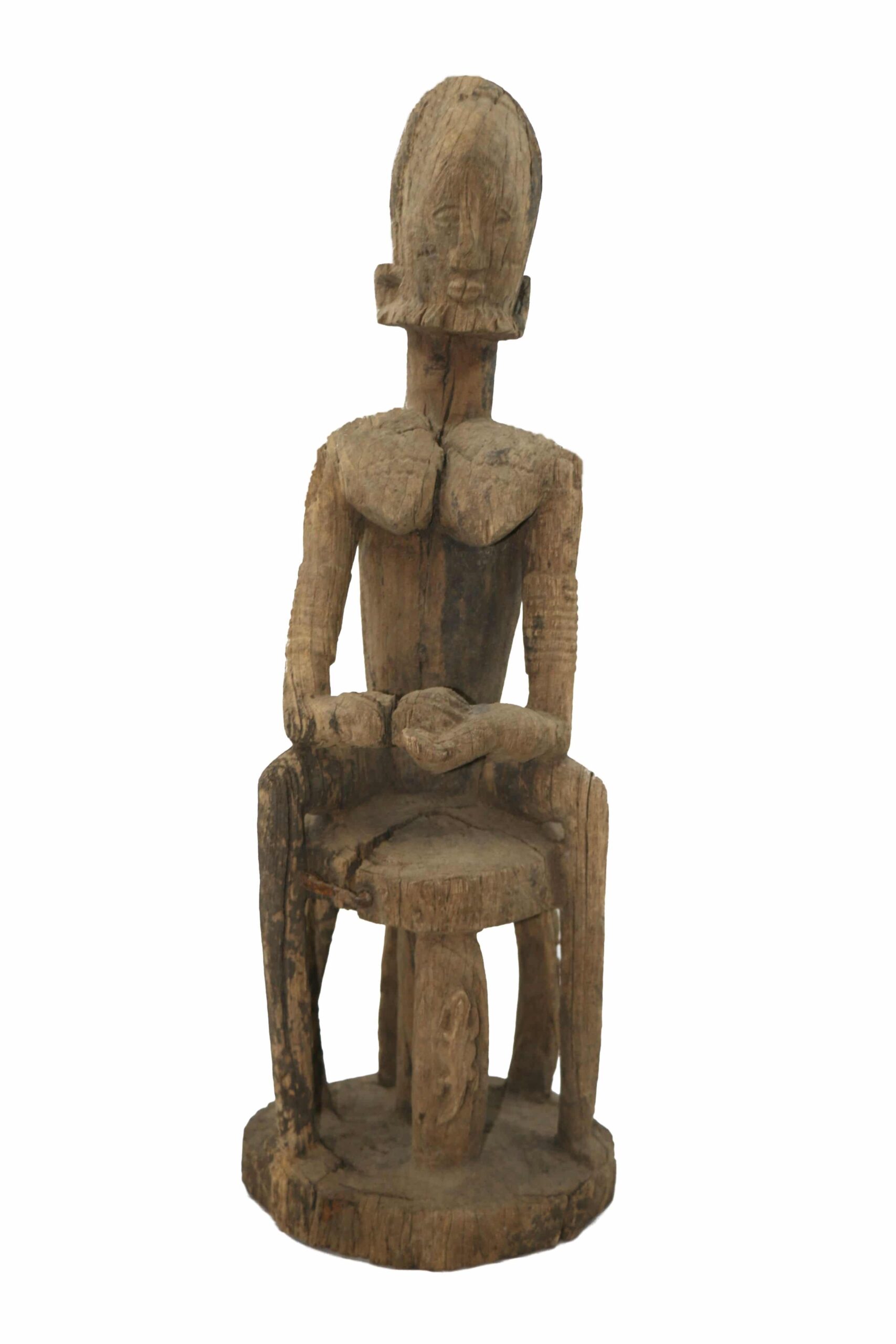

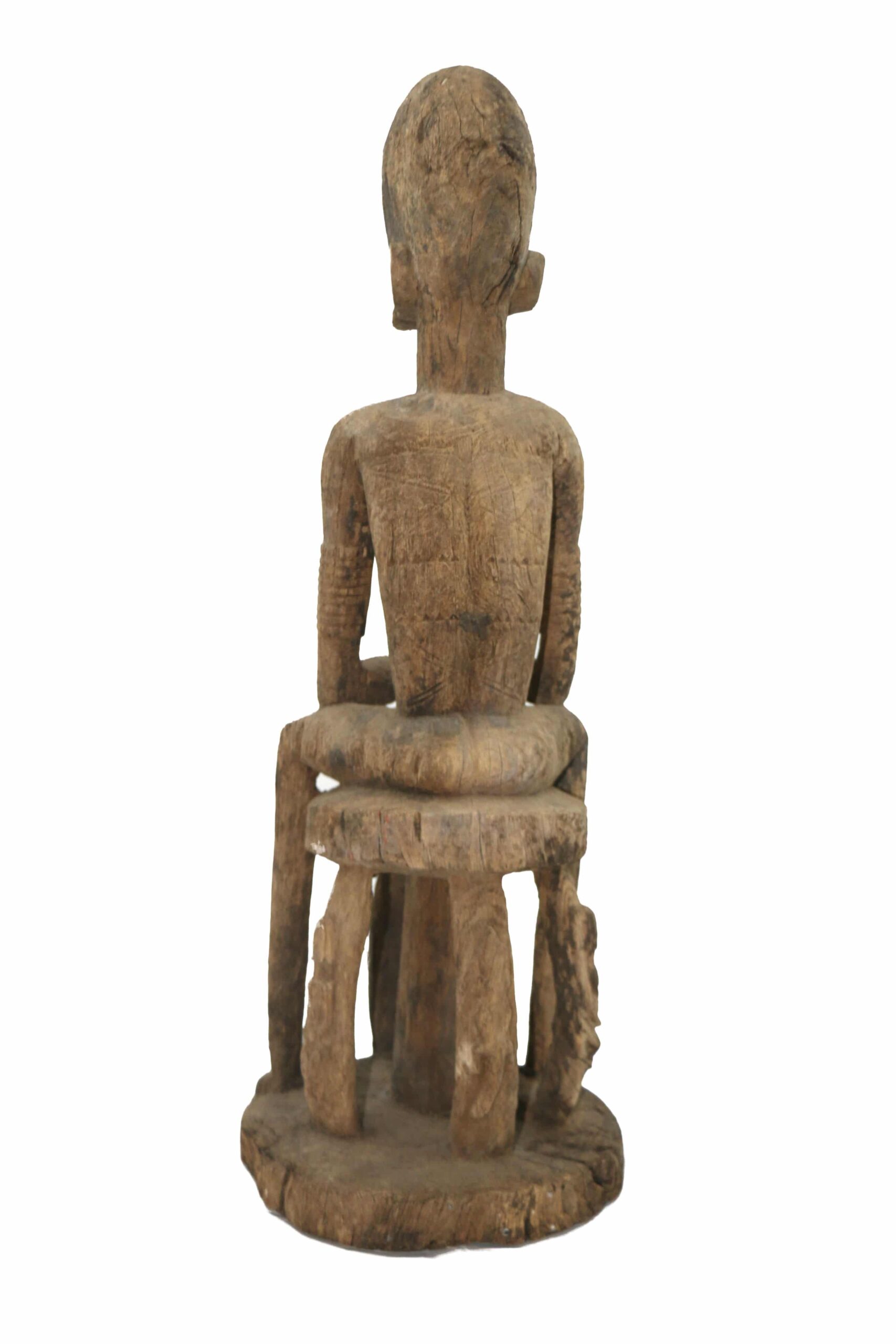
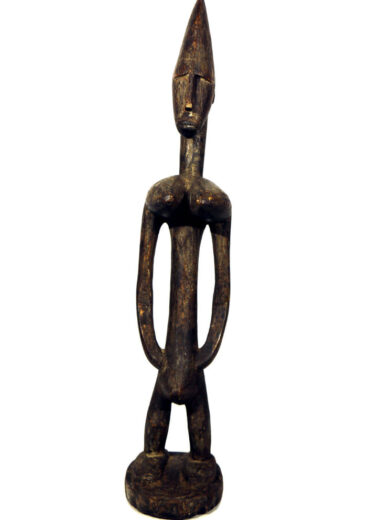
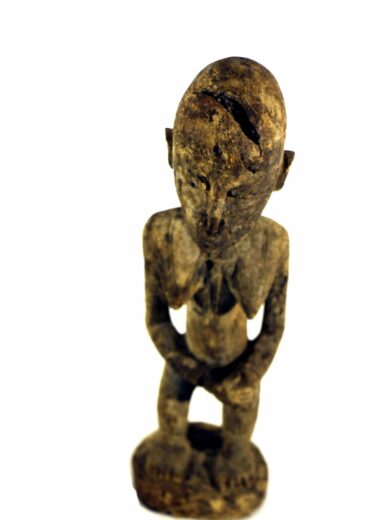
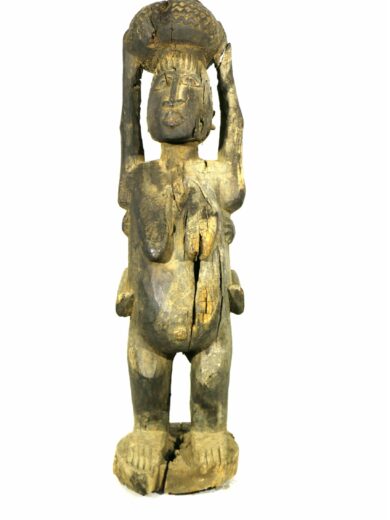
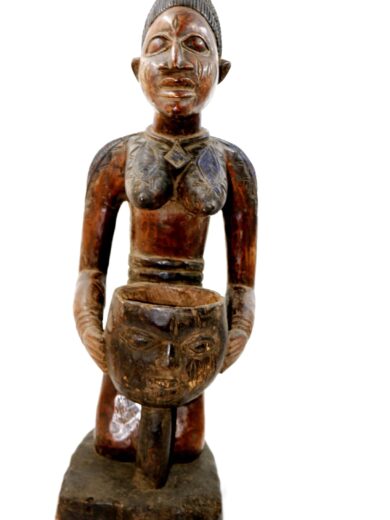
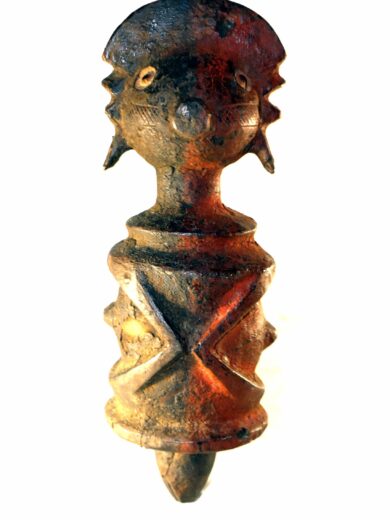
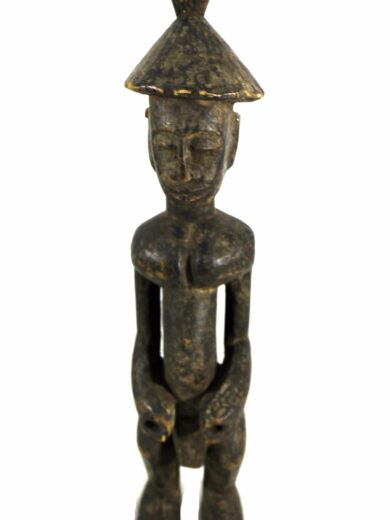


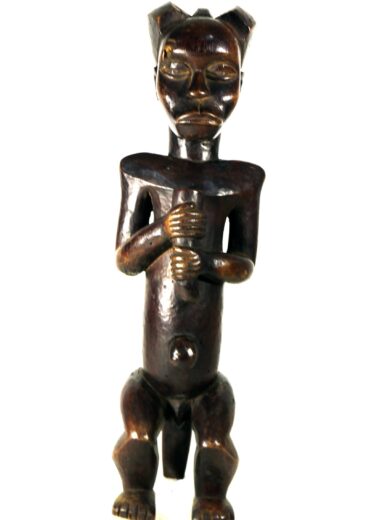
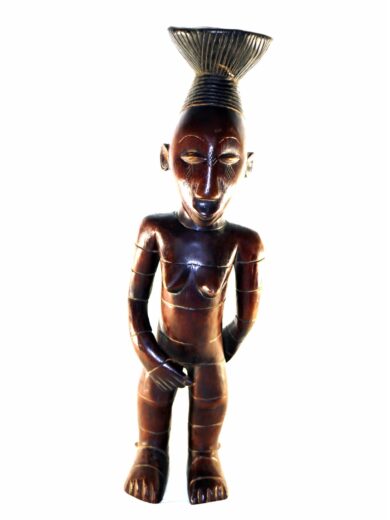

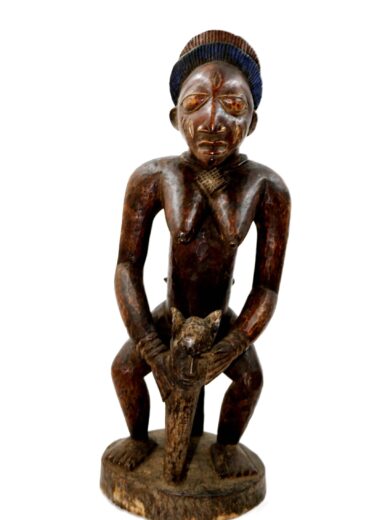
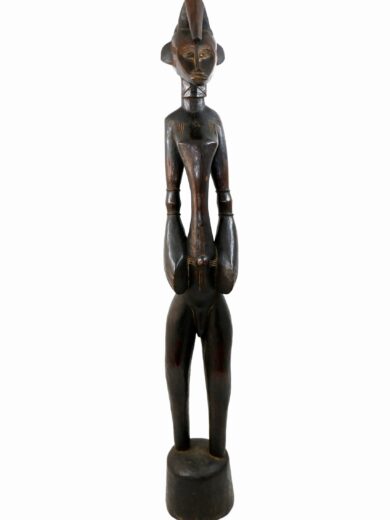
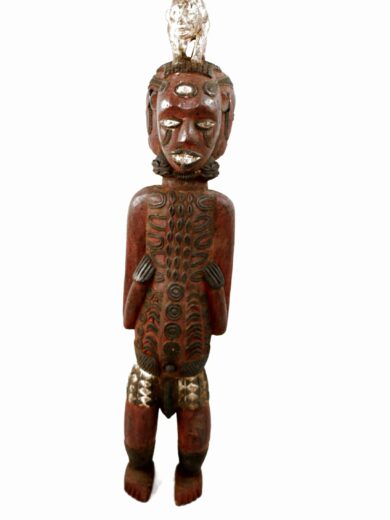
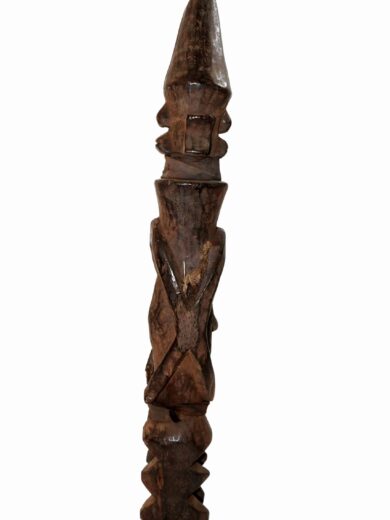
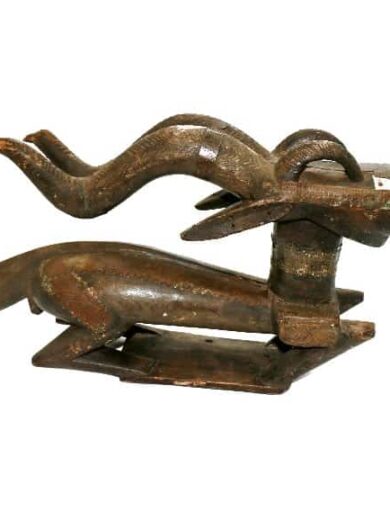

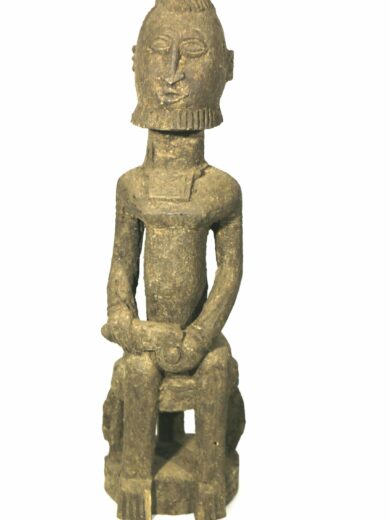

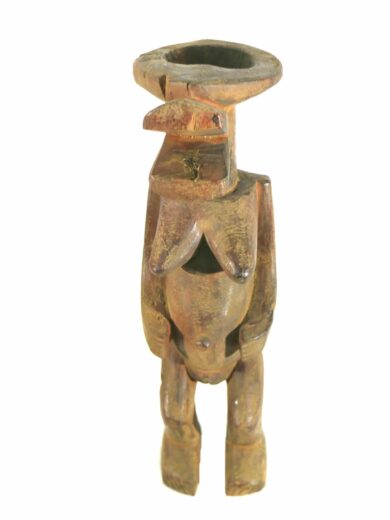

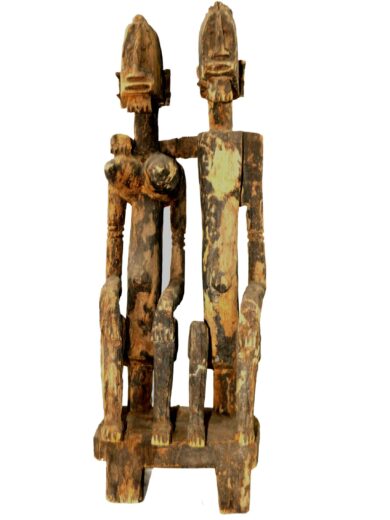
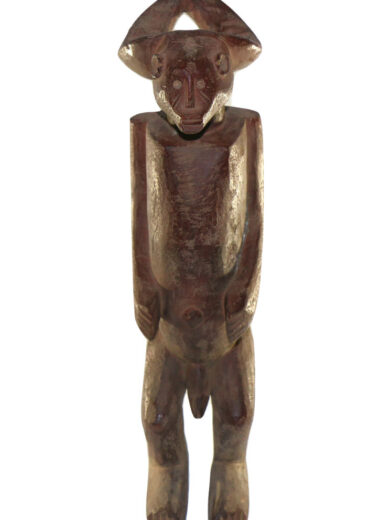
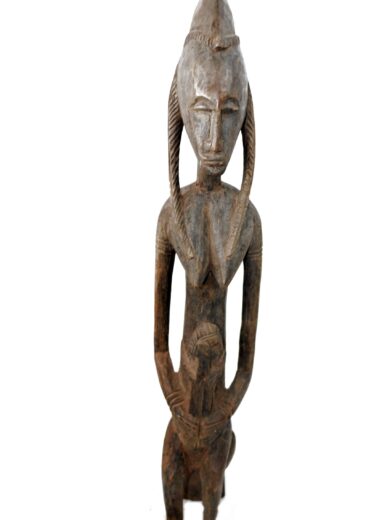
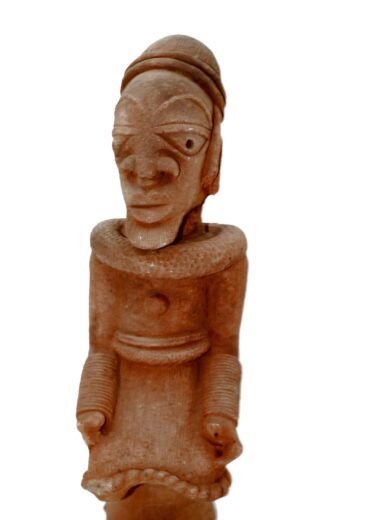

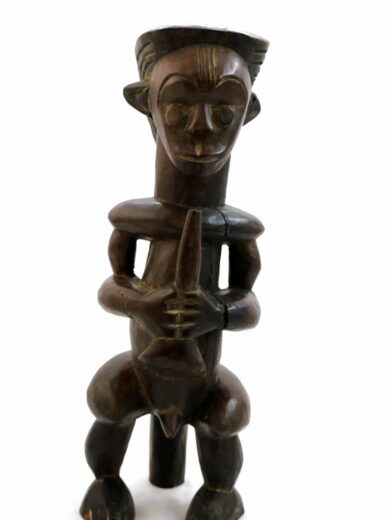
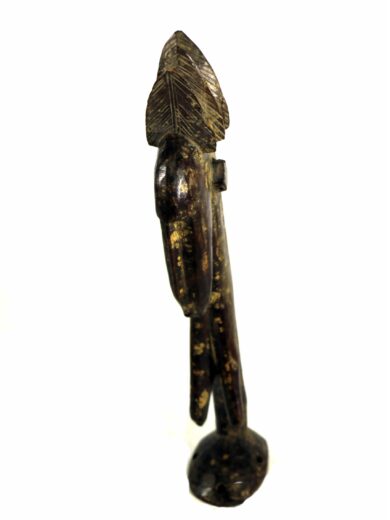
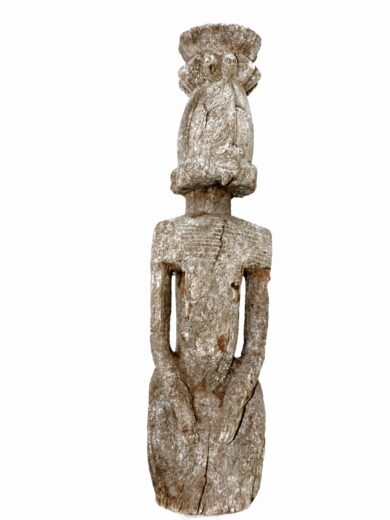
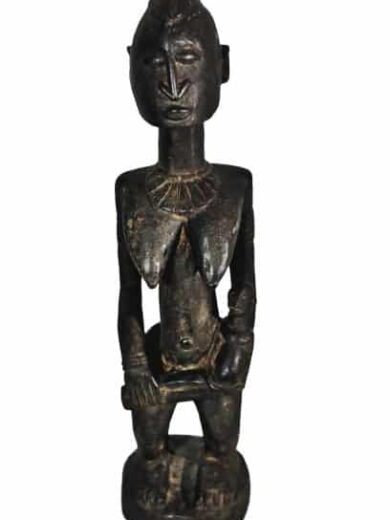
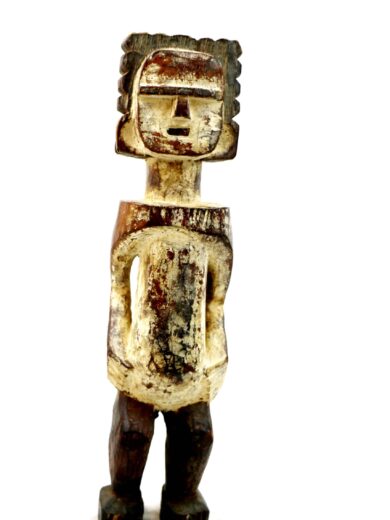

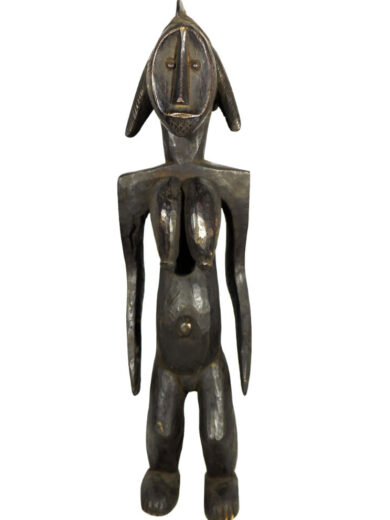
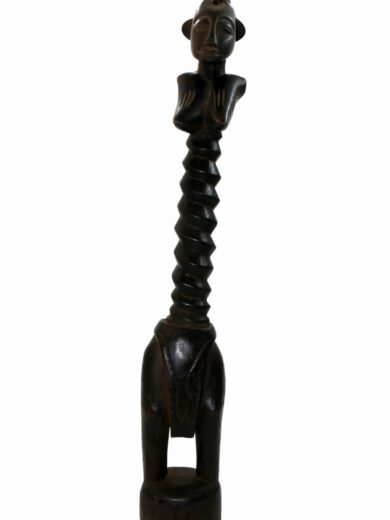


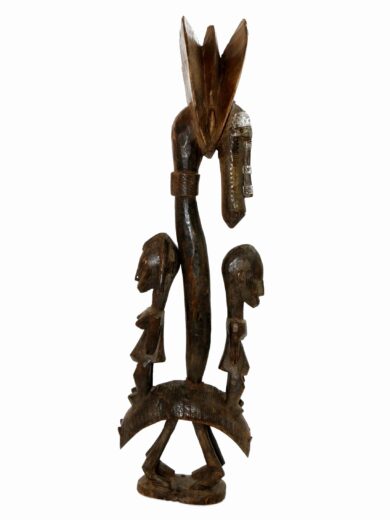
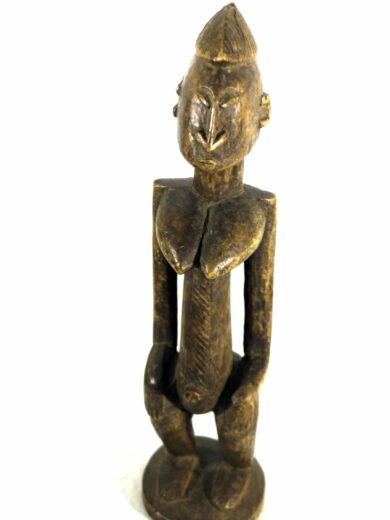


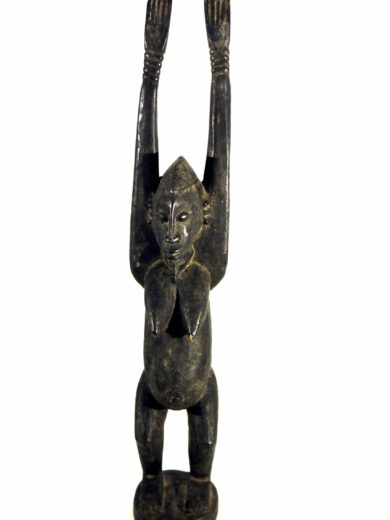
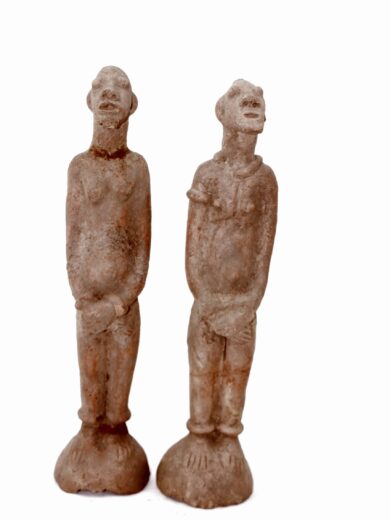



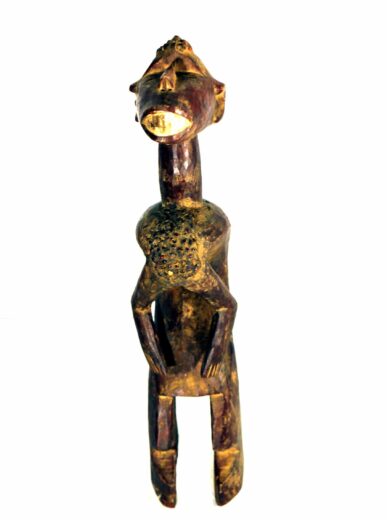
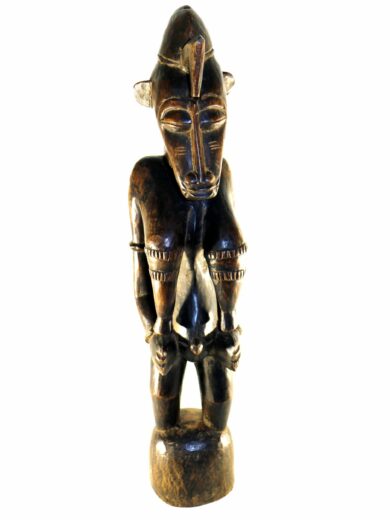
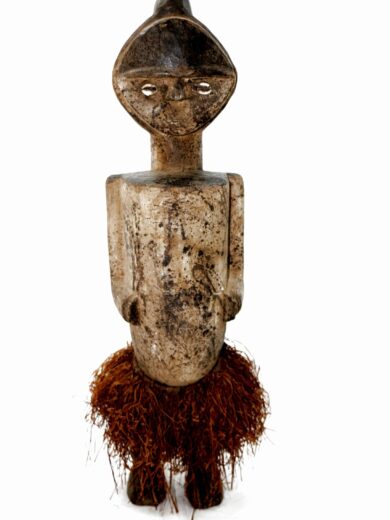
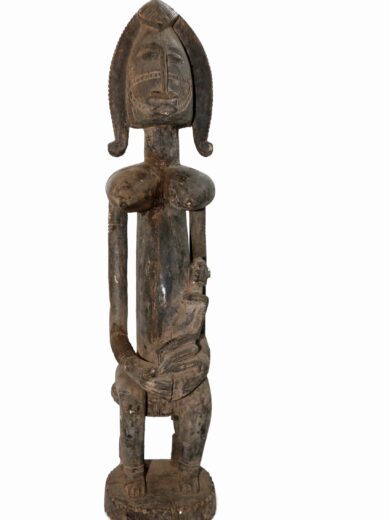
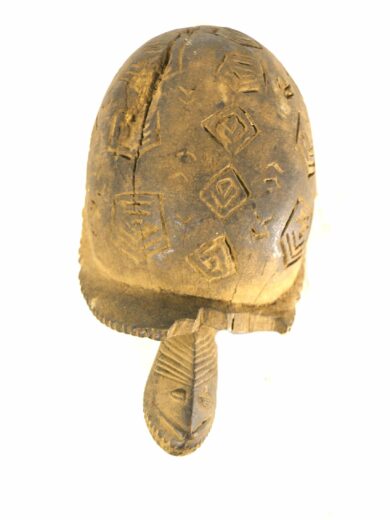

Reviews
There are no reviews yet.